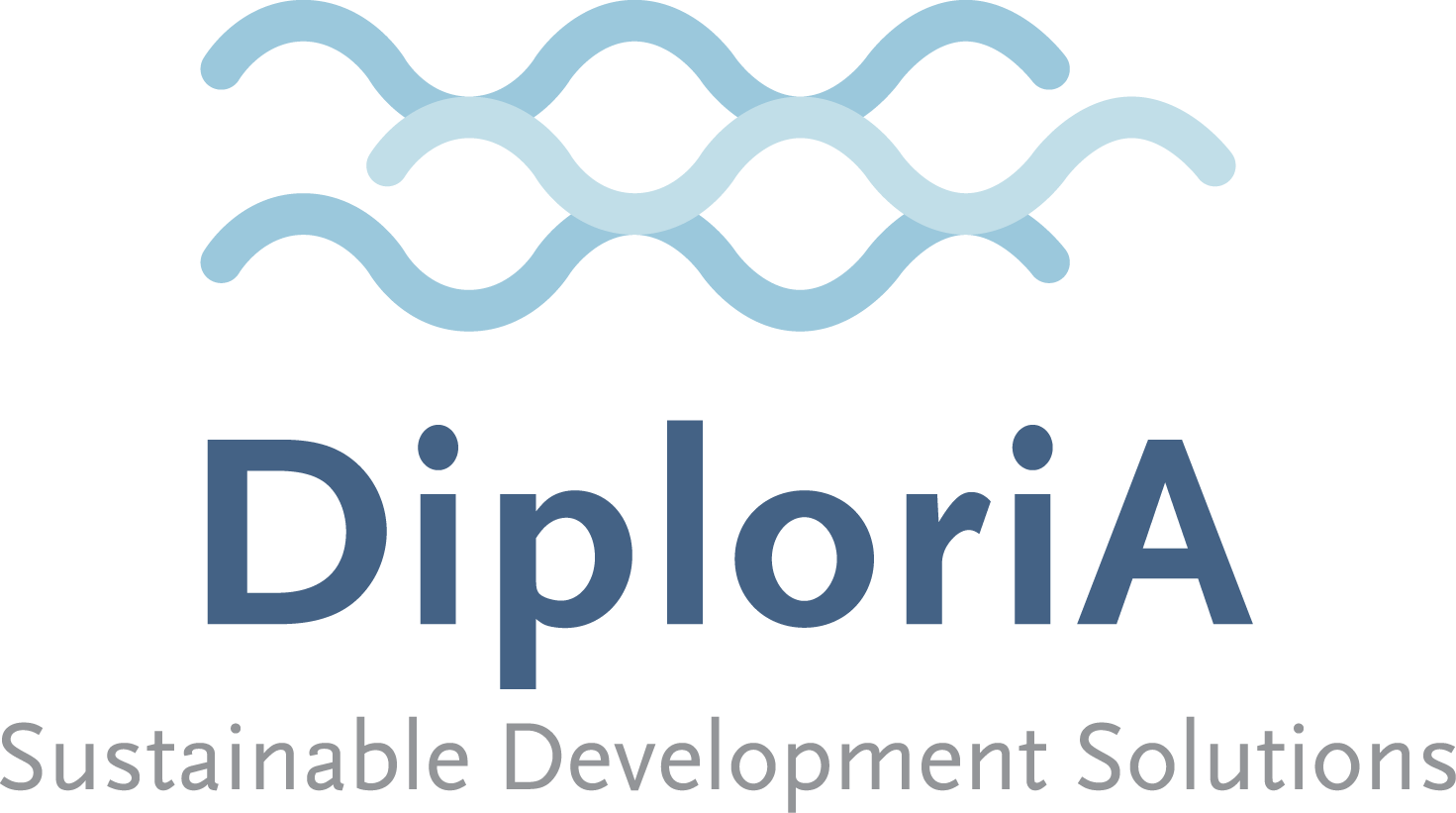Climate Action in the EU: the Role of Women
The European Union has included a binding target in its 2030 Climate and Energy Framework to reduce greenhouse gas emissions to at least 40% below the 1990 levels. The EU Member States are in an advanced process of developing integrated National Climate and Energy Plans (NECPs) for that purpose. On a longer term, the EU aims at a climate neutral economy by the year 2050.
These are ambitious targets and they cannot be achieved through technical innovation alone. They require changes in lifestyles and consumption patterns. And they need all hands on deck.
Globally, the importance of gender sensitivity and women inclusiveness in addressing climate change is stressed by UN agencies and other institutions (e.g. UN WomenWatch). In the EU climate agenda, the role of women in climate change adaptation and mitigation is not visibly included.
The European Committee of the Regions, on the initiative of the Government of Navarra Spain, has organised a discussion on Policies, Women and Climate Change during Green Week 2019. I had the pleasure of participating in the panel to speak about the role of women’s civil society.
The workshop addressed how to achieve horizontal and vertical integration in policies and practice, such that climate action is looked at from different perspectives, effectively connects all relevant areas of activity, and includes all relevant stakeholders. The focus was on inclusion of women.
Regional and local authorities play an important role in stimulating and organising climate action. They ensure that climate adaptation and/or mitigation measures are taken at the lowest appropriate level and that bespoke solutions are developed and implemented in close cooperation with the different stakeholders, including civil society groupings such as Women and Youth. The regional government of Navarra, Spain has in October 2018 launched a climate action network of female government officials and parliamentarians. The Network is a leading force for climate action and partners with women’s civil society to develop and implement joint action programmes that have a cross-cutting perspective and an integrated and gender sensitive approach.
Women’s civil society in turn, has important contributions to make. Women organise themselves in social networks that span the different segments and sectors in society, and connect local, national and international levels; as such they are an instrument for both horizontal and vertical integration. Women’s organisations voice the concerns and knowledge of citizens for informed decision-making. At the same time, they unite active citizens to contribute to various sustainable development targets, including to climate action. This potential is only marginally used to date.
The main points of my intervention on the role of women’s civil society in climate change adaptation and mitigation are summarised here.
